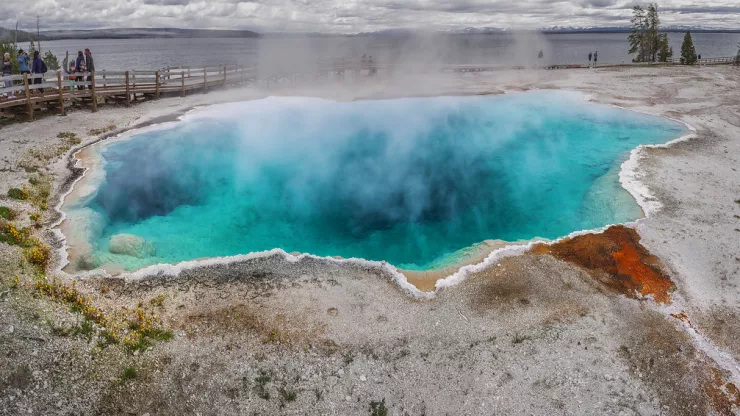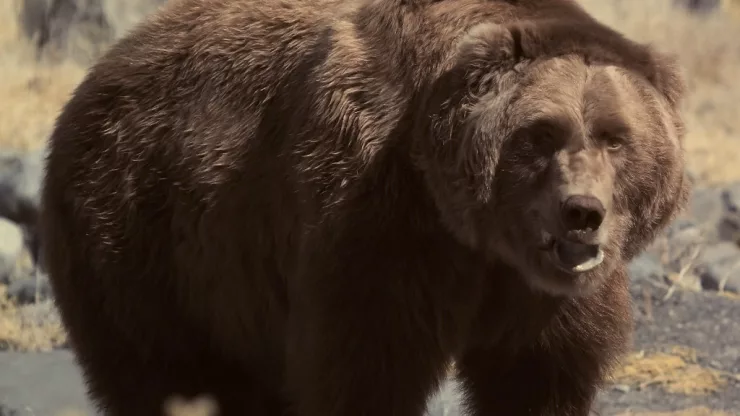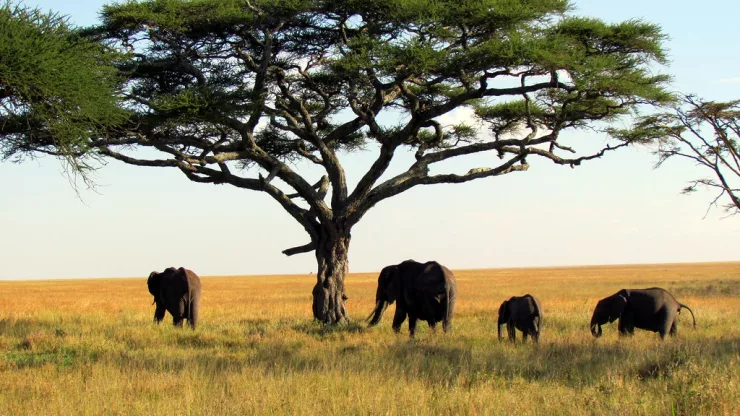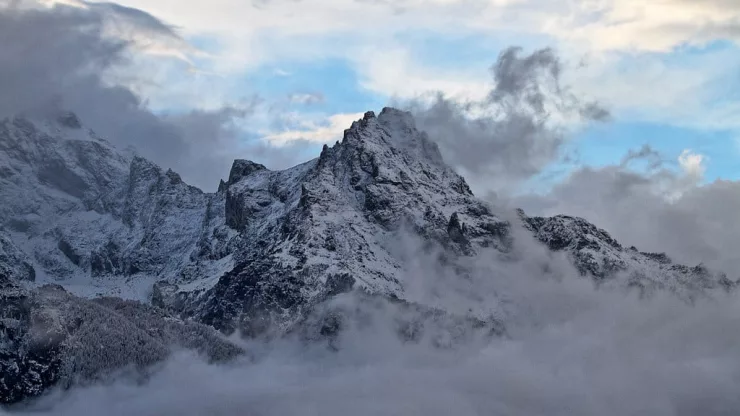Jump to Section
Yellowstone National Park: A Wildlife Walk in the US
Yellowstone National Park is a wildlife enthusiast’s paradise. This vast protected area is home to hundreds of species, including grizzly bears, wolves, bison, elk, and moose.
The park’s diverse habitat, with its geysers, hot springs, and forests, provides an ideal environment for wildlife to thrive.
Visitors can experience up-close encounters with these magnificent animals while hiking, camping, or exploring the park’s scenic drives.
In this article, we’ll guide you through the best ways to discover Yellowstone’s wildlife and offer tips for a safe and enjoyable experience.
Discovering Wildlife in Yellowstone
Yellowstone National Park is one of the best places in North America to observe wildlife.
The park’s vast wilderness offers a glimpse into the natural world that is increasingly rare in today’s modern society.
Visitors to the park can see animals in their natural habitat, exhibiting natural behaviors that are often hidden from view elsewhere.
Some of the most iconic species that call Yellowstone home include:
- Grizzly bears
- Gray wolves
- Bison
- Elk
- Moose
- Bighorn sheep
- Coyotes
- Pronghorns
- Black bears
- Mountain lions
From Grizzlies to Bison: A Tour of the Park
Yellowstone National Park covers an area of 2.2 million acres, so it can be overwhelming to plan a visit.
One of the best ways to experience the park’s wildlife is to take a guided tour.
A knowledgeable guide can help you spot animals and provide insights into their behavior and habitat. Some of the most popular tours in the park include:
- Wildlife watching tours
- Scenic drives
- Hiking tours
- Snowmobile tours (in winter)
- Rafting tours
The Best Hiking Trails for Animal Sightings
Hiking is one of the best ways to experience Yellowstone’s wildlife up close.
However, it is important to remember that the park’s wildlife is wild and can be dangerous.
Always keep a safe distance from animals and never approach them. Some of the best hiking trails for animal sightings in Yellowstone National Park include:
- Lamar Valley Trail: This trail is known for its abundant wildlife, including bison, elk, wolves, and bears.
- Fairy Falls Trail: This trail takes you through a beautiful forest with plenty of opportunities to spot black bears and moose.
- Mount Washburn Trail: This trail offers stunning views of the park and is a great place to see bighorn sheep and mountain goats.
- Trout Lake Trail: This trail takes you to a beautiful lake where you can see otters, beavers, and ospreys.
Tips for a Safe and Enjoyable Wildlife Experience
Yellowstone’s wildlife is one of the park’s biggest draws, but it is important to remember that these animals are wild and can be dangerous.
Here are some tips for a safe and enjoyable wildlife experience:
- Keep a safe distance: Always stay at least 100 yards away from bears and wolves and at least 25 yards away from all other animals.
- Use binoculars or a telephoto lens: You don’t need to get close to animals to see them up close. Use binoculars or a telephoto lens to observe them from a safe distance.
- Don’t feed the animals: Feeding wildlife is illegal and can be dangerous for both you and the animal.
- Stay on designated trails: This helps protect the park’s fragile ecosystem and ensures that you don’t accidentally stumble upon a bear or other dangerous animal.
FAQ
What should I do if I encounter a bear?
If you encounter a bear, stay calm and slowly back away. Never run or turn your back on a bear.
If the bear charges, stand your ground and use bear spray if you have it.
If the bear makes contact, play dead by lying on your stomach with your hands clasped behind your neck and your legs spread apart.
Can I bring my dog to Yellowstone National Park?
Pets are allowed in some areas of the park, but they must be kept on a leash at all times and are not allowed on hiking trails or boardwalks.
Check the park’s website for a full list of pet-friendly areas.
When is the best time to see wildlife in Yellowstone?
The best time to see wildlife in Yellowstone is from spring through fall. During the winter months, many animals migrate to lower elevations or hibernate.
However, winter is a great time to see wolves, as they are more active during this time.
I’m a nature enthusiast and creator of Metro Wilds and have spent years exploring the great outdoors.
With a passion for environmental conservation and sustainability, I have dedicated my career to writing about the beauty and wonders of nature, as well as the threats facing our planet.
Contact me at [email protected] for assistance.





